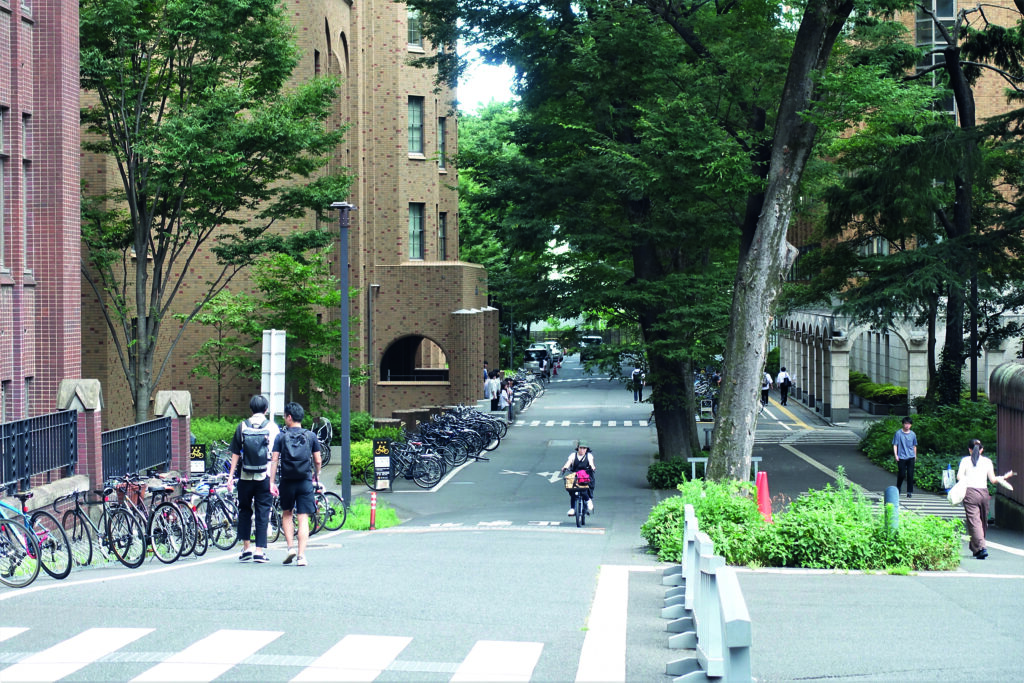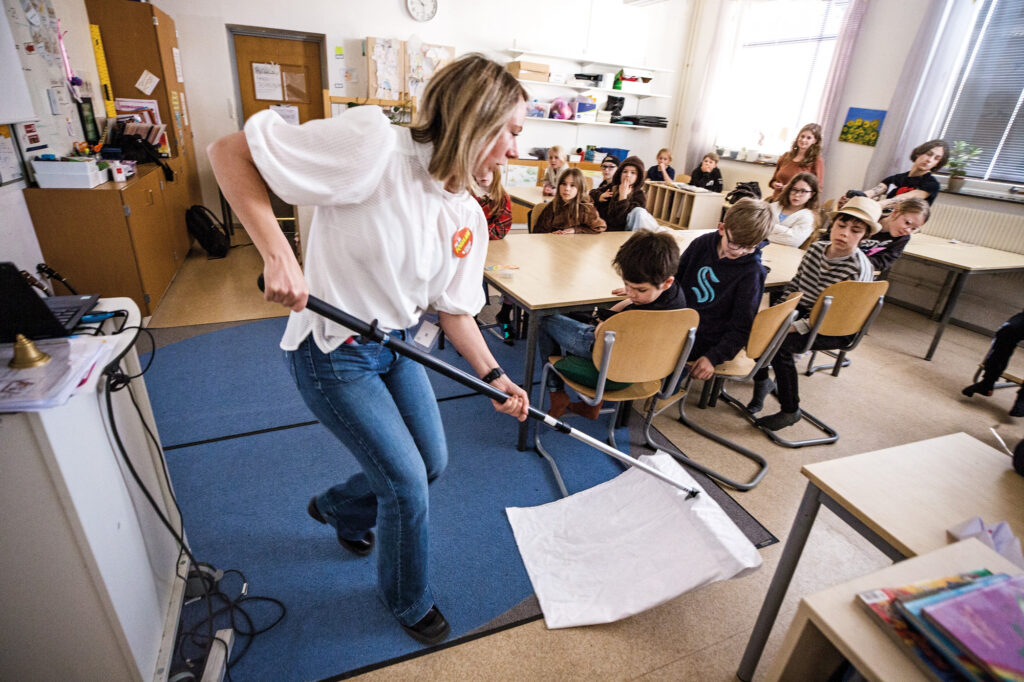The vast majority of Swedish higher education institutions offer their employees a set amount of money in the form of a wellness allowance. On average, this is SEK 2,717 per year, Universitetsläraren has found.
University of Gävle pays the most
The University of Gävle pays the highest wellness allowance. Employees can claim SEK 4,000 in wellness allowance per year since the start of 2021. Previously, the corresponding amount was SEK 2,000, but the corona pandemic prompted a decision to double the benefit temporarily. After an evaluation, the employer has now decided that this increase should be made permanent, says Maria Savela, chair of the Saco-S and SULF association at the university.

“It’s great that we’ve received a wellness allowance increase. The next step is to get the employees to use it more.”
However, 61 per cent of the staff at the University of Gävle used the wellness benefit to some extent in 2021, which Maria Savela is actually “quite pleased” with, she says.
No wellness time
In Gävle, there is a gym on campus where employees can train free of charge. However, the staff are not entitled to any “wellness time” during working hours, which many other universities offer.
Swedish higher education institutions offer an average wellness allowance of SEK 2,717 per year and employee. The amount varies from SEK 600 per year at the Royal College of Music in Stockholm to the SEK 4,000 that the University of Gävle pays.
“It’s very problematic and unfortunate that many employers don’t think that they should devote a substantial amount of money to wellness benefits,” says Savela. “The SEK 2,000 we got before was barely enough to pay for a pair of proper hiking boots.”
She sees wellness benefits as a simple way for employers to invest in the health of their staff. This in turn is likely to have a positive effect on both work performance and the work environment.
Luleå alone in offering SEK 0
Luleå University of Technology is the only higher education institution that does not offer a wellness allowance. The employees are entitled to take two hours for wellness or training a week during paid working hours, and can train free of charge at the university’s sports centre between 6 am and 6 pm on weekdays. For a fee of SEK 200, they can also train in the evenings and weekends.
Tommy Viklund, head of HR at Luleå University of Technology, points to the fact that the university has built up its student sports provision with the goal of bringing students, teachers and researchers closer together, and that wellness hours are therefore a better solution than financial wellness benefits.

“We have chosen to maintain that basic idea, because we want people to train during working hours, together with colleagues. We think that is better and that it gives added value,” he says.
Tommy Viklund adds that the cost of two wellness hours a week per employee, as offered by Luleå University of Technology, may well be higher than a monetary benefit. “But there’s no exact calculation behind this. This is a choice we’ve made, and we’ve seen no reason to change it.”
Many higher education institutions offer both wellness hours and a wellness allowance?
“Yes, but we want people to train or work out together, to bring students and employees closer together and create networks.”
Does it surprise you that you are the only ones in the sector who think this way?
“No, I’m aware of it. This is the fourth university in Sweden that I’ve worked at, so I realised when I started here as head of HR. I think it’s a good solution, and there are often disagreements at other universities about what this wellness money can and cannot be used for.”
Kjell Johansson, chair of the local Saco-S and SULF association at Luleå University of Technology, has not noticed any reactions from members regarding wellness grants.
“I don’t really know how to interpret that. But wellness allowances have not appeared on the agenda because members have not expressed any irritation about them,” he says.
Unreasonable according to the union
However, the fact that Luleå University of Technology is the only higher education institution that does not offer a wellness allowance is unreasonable, he believes.
“A reasonable starting point would be that we don’t deviate too much from what others do. It seems odd,” he says, and believes that two wellness hours per week does not make up for the lack of a wellness allowance.

“For the teachers, wellness hours don’t really make a difference, because they have an annual working hours obligation. So I imagine that a wellness allowance would be a better alternative.”




















